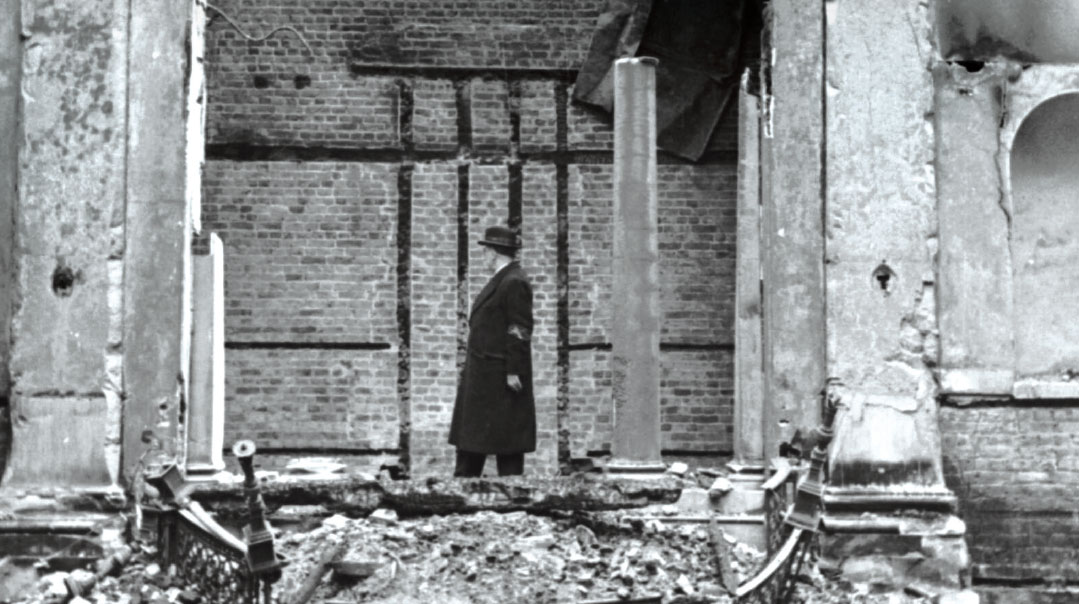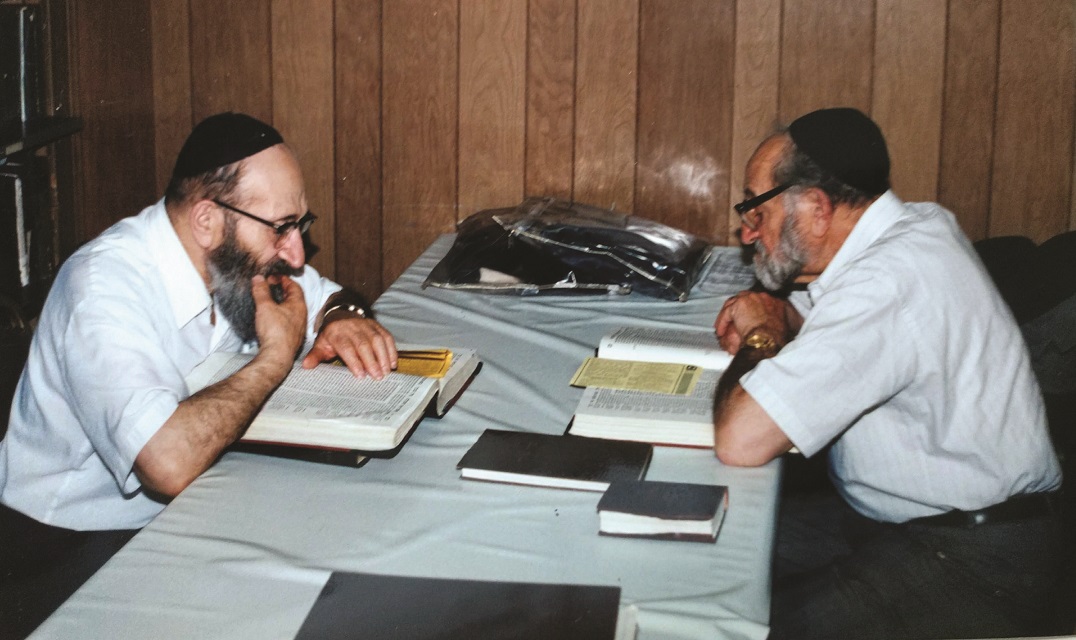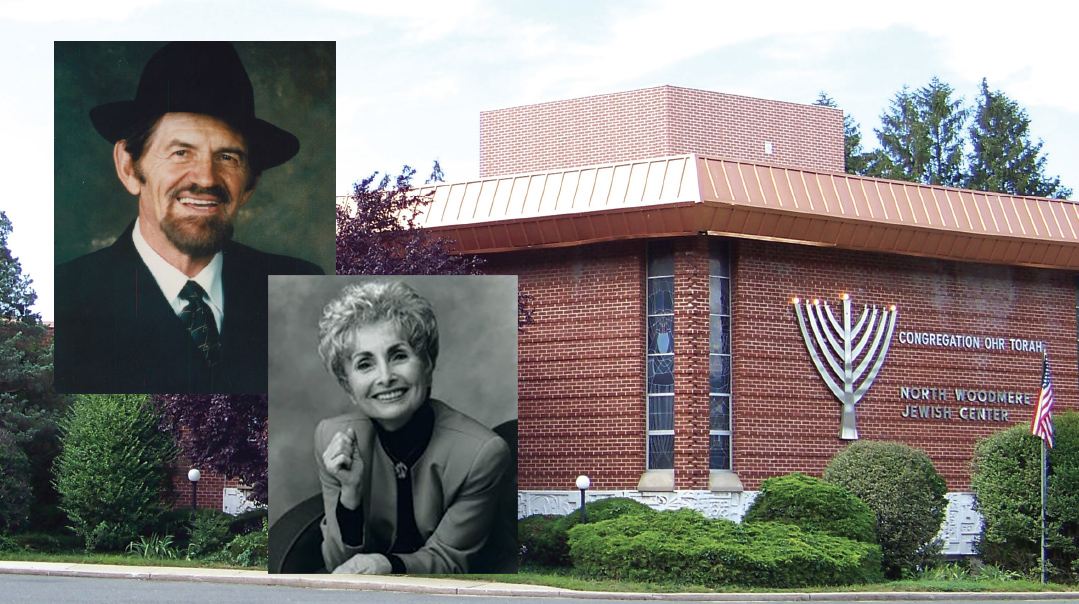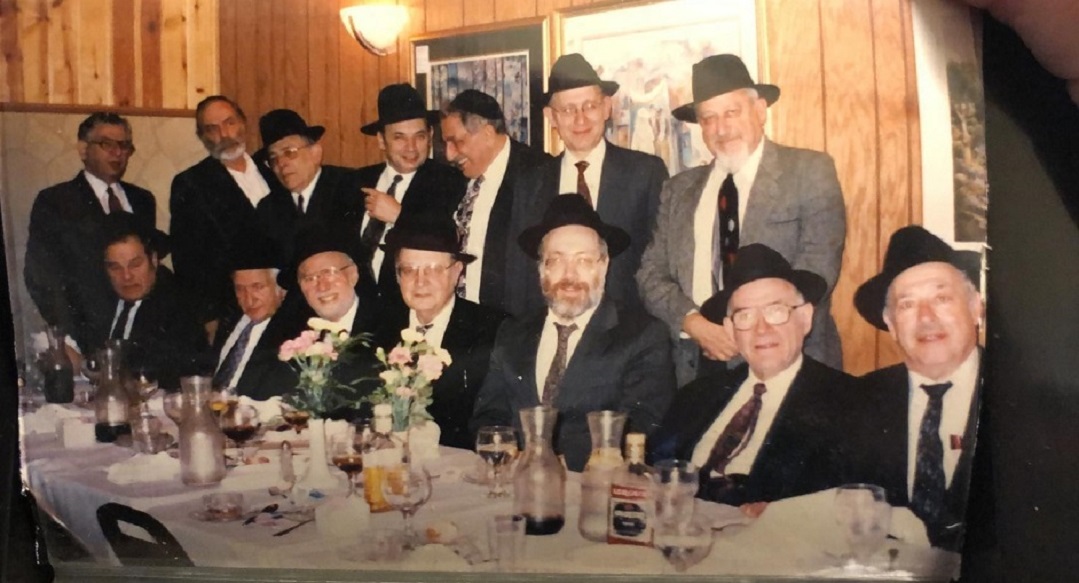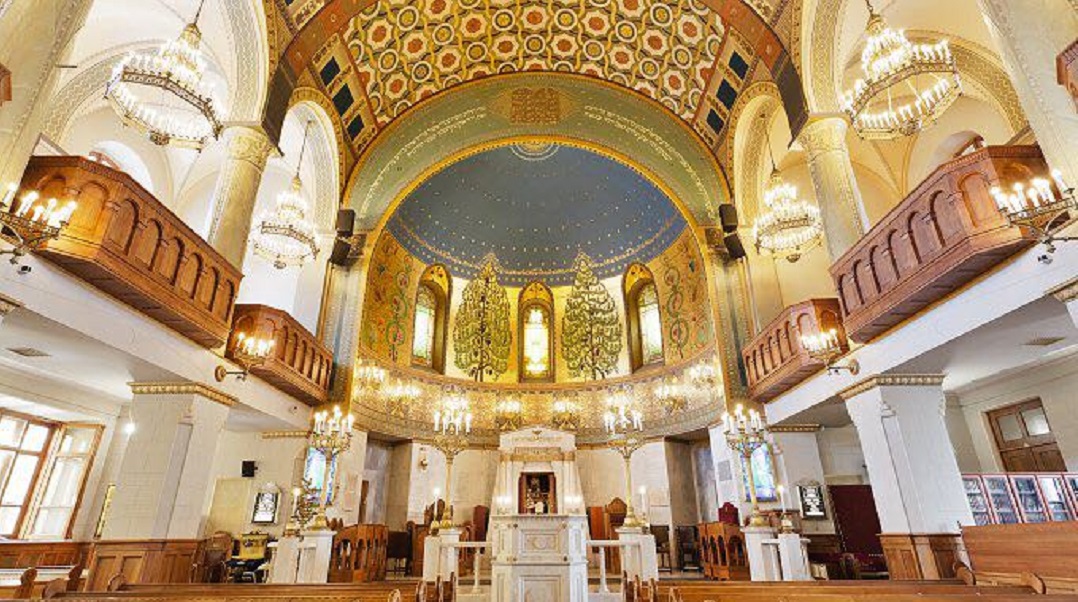Open House

Rabbi Paysach Krohn remembers the shul of his youth
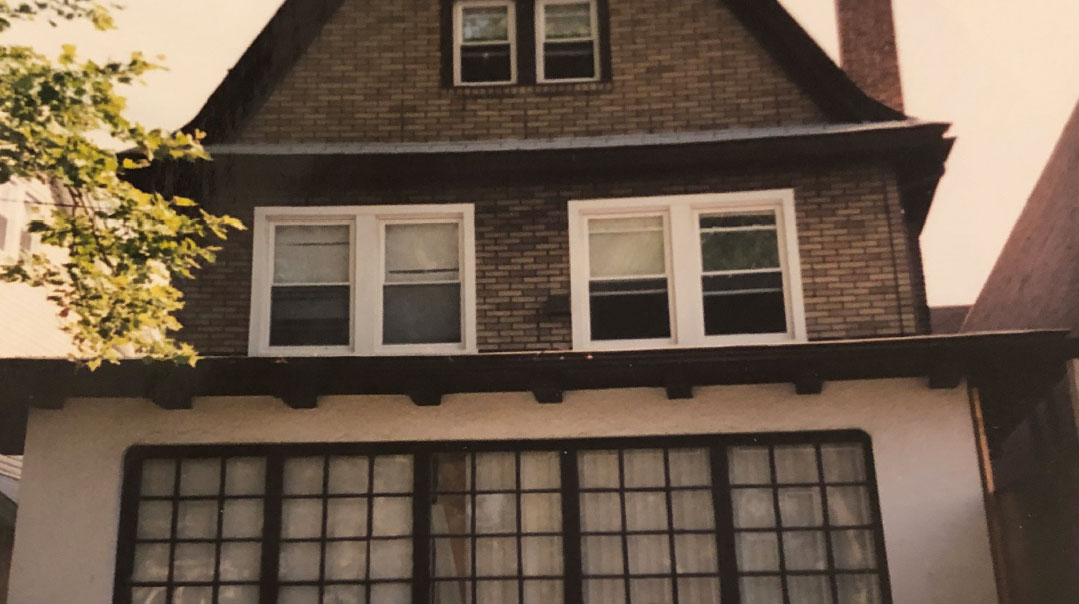
As told to Baila Rosenbaum by Rabbi Paysach Krohn
Khal Adas Yereim of Kew Gardens, Queens, was always a special place.
It started out in Rav Yaakov Teitelbaum’s home, and we all felt like family. I davened there with my father, and today I daven there alongside my children and grandchildren. I was fortunate to perform the bris of my first great-grandson in “Teitelbaum’s Shul.” It’s still hard to believe that it’s almost 50 years since Rav Yaakov Teitelbaum passed away. But his legacy lives on, as the shul is still going strong.
If you look down the block at the neat row of neighboring houses, lined up in all their suburban glory, you would never guess that the plain little brown stucco right next door was once a makom Torah u’tefillah. It held so many voices and so many lives. The echoes of those voices still resound, both in my heart and next door in the shul’s new home.
Years ago, my father was a young mohel living in Brooklyn, facing a lot of competition for parnassah. My parents were considering moving to a new, younger community, and our cousin Reb Elimelech Tress told them that a prominent tzaddik had opened a shul in Kew Gardens. He suggested that the neighborhood would be appropriate. My family moved to Kew Gardens in 1952, when I was a young boy, and though the community was mostly older, our cousin was right. Kew Gardens eventually drew new and younger families, and today it’s a thriving community — as pleasant and warm as it was when I was a boy.
Over the years the shul’s membership included many impressive people, each one choshuv in his own way. Reb Beryl Merling was the writer and editor of Olomeinu magazine. Reb Yankel Greenwald, who eventually became a close talmid of Rav Yehuda Zev Segal, the Manchester Rosh Yeshivah, was a talmid chacham and psychologist. Rabbi Yaakov Machlis was a talmid of the Mir from the era of Shanghai, and he worked for Tashbar in Eretz Yisrael for many years. Rabbi Avrohom Respler was a talmid chacham as well as principal of Yeshivas Toras Emes. The Sukenik families were tremendous baalei tzedakah and involved in so many chasadim. Rav Sholom Schwadron davened here very often when he came to America, and he was very close to Rav Yaakov Teitelbaum and his son, Rav Shlomo Teitelbaum. I tell you, some of the greatest people in the world davened in that shul.
When the kehillah needed more space and expanded its building, the Kopyczynitzer Rebbe, Rav Avrohom Yehoshua Heschel of Boro Park, a close friend of Rav Teitelbaum’s, honored us by coming to the even hapinah ceremony.
Rav Teitelbaum was still hosting the shul in his home then; he gave the whole first floor to the shul and moved his family upstairs. All the interior walls were taken down, which opened up the whole area, allowing the kehillah use of every available inch of space. The kitchen and eating area, with the installation of a nondescript beige curtain, became the women’s section. It was accessed from the side door. The men’s section took up the rest of the floor space, including the home’s original porch — a little enclave, down a step and enclosed by windows. That’s where my family sat, and the spot has a special meaning to me.
I vividly recall the very first Friday night I walked into Adas Yeriem as a seven-year-old boy. After making a sharp right turn past the tiny coat room, I followed my father into this small alcove. I saw a tall man — or maybe he just seemed tall to me. He seemed very old, with a long white beard, and he wore a beketshe. This holy, saintly man stood in the corner facing the front wall. I thought for sure he was the shul’s rav, Rav Yaakov Teitelbaum.
I later found out he was Rav Usher Zelig Merzel, a Trisker chassid who, as a little boy in Poland in the late 1880s, had seen the Trisker Maggid, Rav Avrohom Twersky. Rav Merzel, who spoke only Lashon Hakodesh on Shabbos, made that alcove in the corner his makom kavua, and it was a hallowed space. No one ever sat there but him. For years I davened Shemoneh Esreh standing right behind him in that alcove.
When he passed away in 1973 at the age of 91, I moved over and that became my makom kavua, for more than 30 years! I loved davening in that corner, embraced by the little wall on my left and picture window in front. It was my place of intimate connection with the Ribbono shel Olam; no one could see my face except Him. The tzidkus and sincerity of Rav Usher Zelig still lives on today — his grandson is the illustrious Avrohom Biderman, devoted talmid of Rav Avrohom Pam and head of Shuvu, who also grew up in that shul.
Rav Teitelbaum had been very involved in Agudas Yisrael from his days in Vienna. He continued in a leadership role in the New York branch of the Agudah and was the manhig ruchani in Camp Agudah in the summers. I got to see him throughout the winter, and then again when I spent summers in Camp Agudah. It was sacred to be in his proximity. After a while he wanted to start a Pirchei group for the kehillah. It started out with only the Teitelbaum boys and the Krohn boys, but it grew along with the shul and the community.
We had fabulous baalei tefillah in those days and the davening was geshmak — I still hear their voices when I daven. Reb Ephraim Kessler was a favorite, and Rabbi Hertzel Schechter, who returned for the Yamim Noraim after he had moved from the neighborhood, would move my heart with his heartfelt tefillos. I still use some of his niggunim on the Yamim Noraim.
When the shul instituted an early Shabbos Shacharis in addition to its 9 a.m. minyan, it was a boon to our family. My father could daven early and then walk to perform a bris elsewhere in Queens. It enabled fathers to learn with their sons on Shabbos mornings, and most important to me, it allowed the shul’s teenagers to daven from the amud. That’s how I learned to be a baal tefillah — it was very special.
There was a plaque near the bimah that had a strange inscription I could never figure out. In the center it said “Shivisi Hashem l’negdi tamid.” However, on the right and left side there were only initials. On the right side were the letters samech-mem-vav-tes. On the left were the letters alef-tes-lamed-samech.
I understood the second set of letters — they spelled Atlas. The Atlases were members of the shul. But who were the Samets? I was always too embarrassed to ask. As an adult I found out that I had been way off. The alef-tes-lamed-samech stood for “Ach tov l’olam selah” and the samech-mem-vav-tes stood for “Sur mei’ra v’aseh tov.” It was classic Adas Yereim — straightforward values, no fanfare.
On Succos, the shul put up a succah in the back of the building. I remember it was always beautifully decorated by the Teitelbaum children, who were all talented in so many ways. One son, Rav Eliyahu Teitelbaum a”h, eventually became well known as a rebbi and the creator of Dial-a-Daf. Rav Shlomo a”h led the shul after his father’s petirah, until his own very recent passing. Rav Shlomo was a tzaddik who cared for every person in the shul with a dedication beyond the call of duty. He was a sympathetic and sensitive man. Together with his wife Nechama tbdlch”t, they carried our kehillah like parents and grandparents.
Today Khal Adas Yereim is housed in a new building next door to its original humble abode. The old home has been sold, but the shul remains strong. While the building may be different, the atmosphere, the davening and the learning are still the same. New families have taken their places on the roster of remarkable members of “Teitelbaum’s.” It’s not exactly the same as the shul of my youth, but I’m happy and proud that it is the shul of my grandchildren’s youth.
(Originally featured in Mishpacha, Issue 787)
Oops! We could not locate your form.

